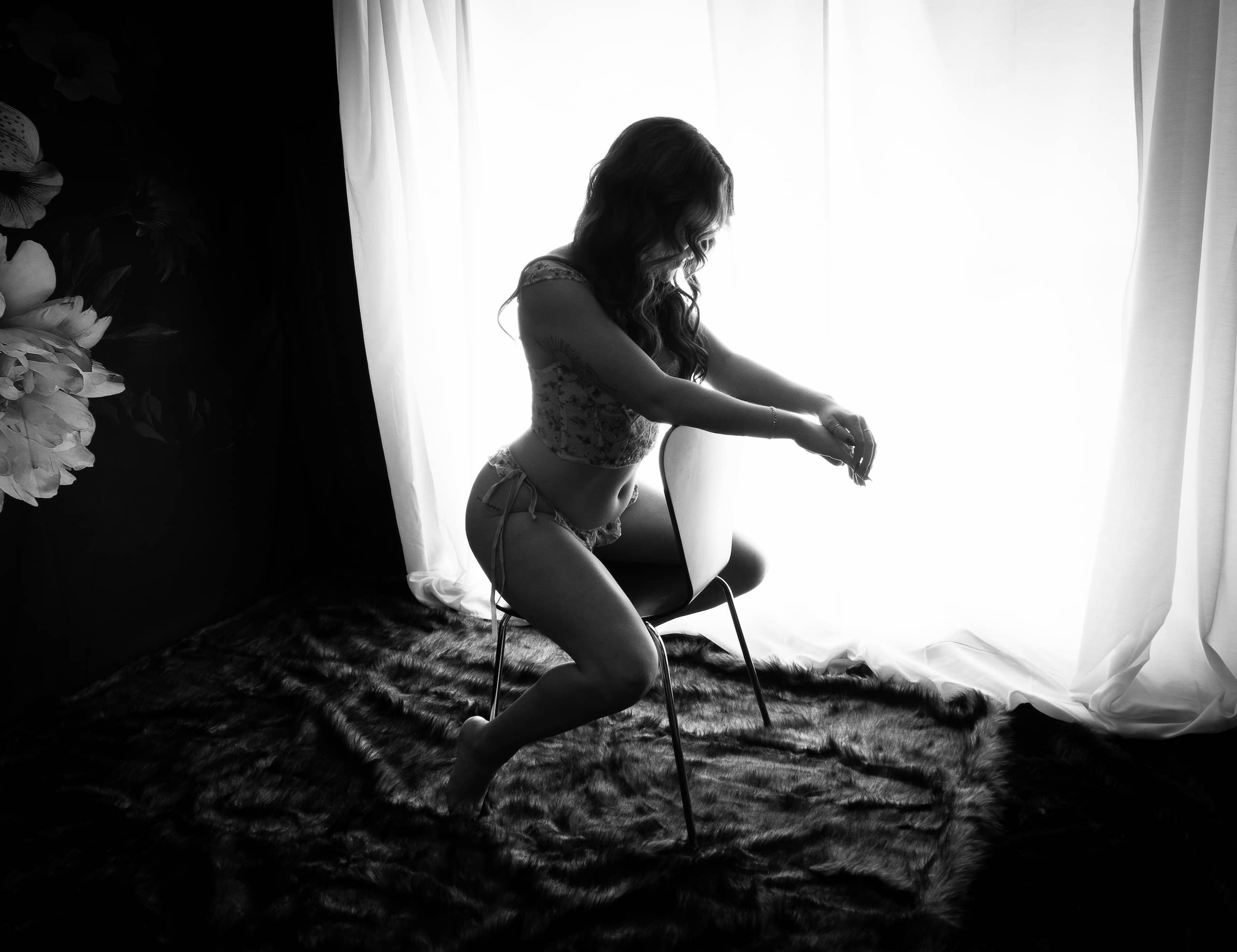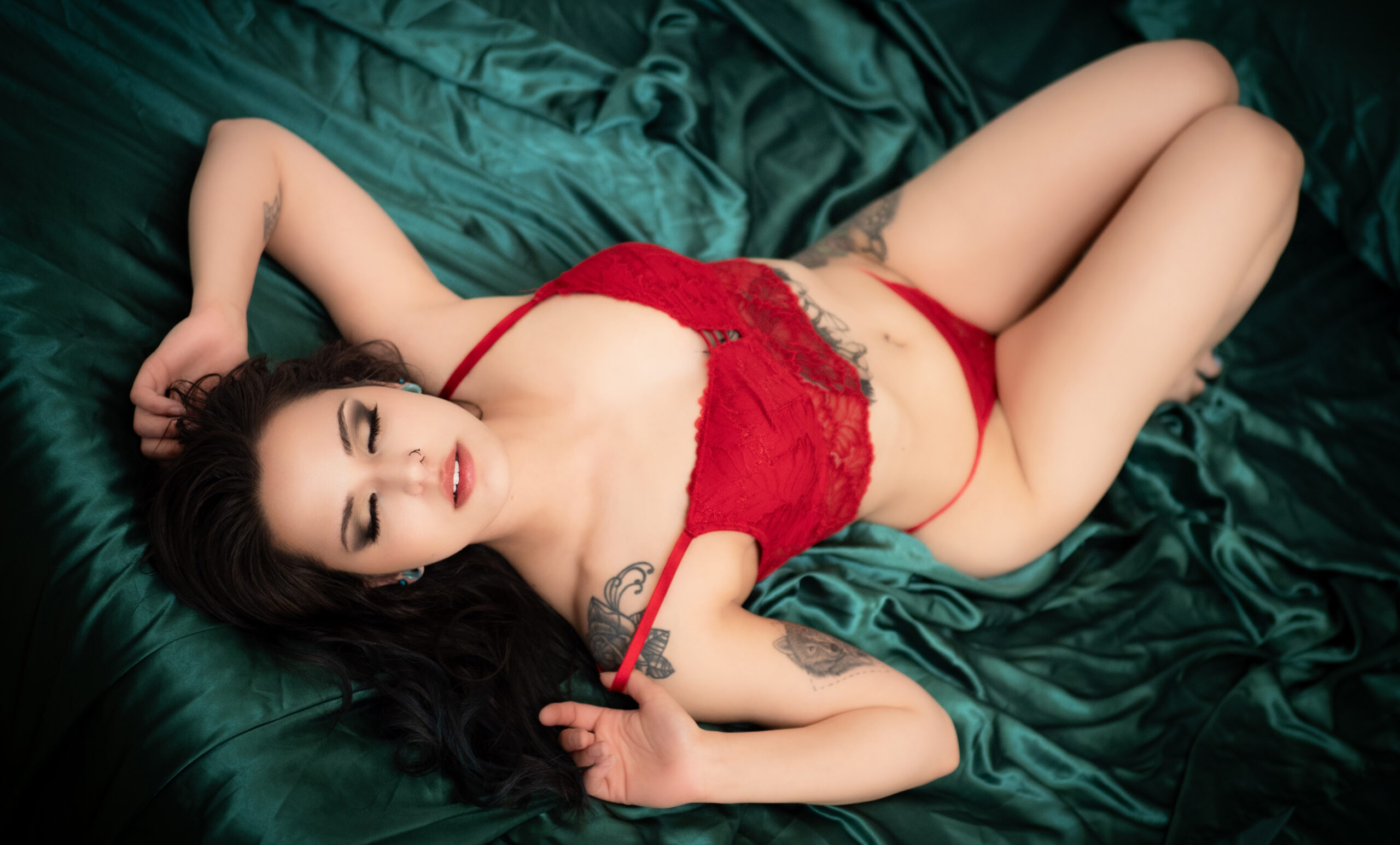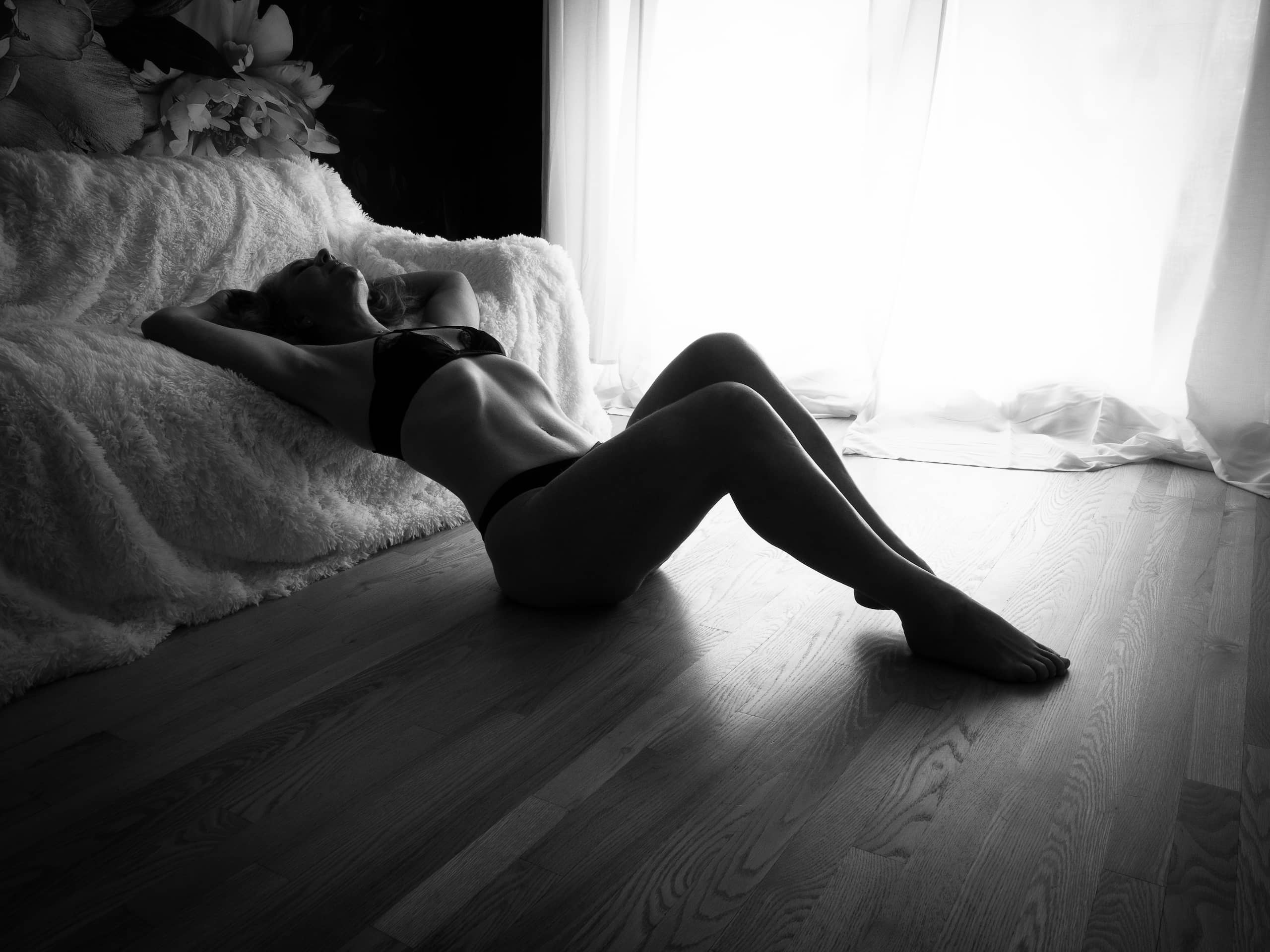Lighting is everything in photography. Among the various lighting techniques, two approaches that stand out are high-key lighting and low-key lighting. These contrasting methods allow photographers to manipulate light to create unique moods and visual effects. In this blog post, I will share my insights into high-key and low-key lighting in photography, highlighting their characteristics and explaining the differences between them.
Note that I have given these techniques unique names and offer each as options for your photo shoot.
DARK
Low-Key Lighting: Embracing Drama and Intensity
[This is the standard lighting]
This technique embraces darkness and shadows, creating a moody and dramatic atmosphere. This technique thrives on high contrast and selective illumination, evoking emotions of suspense, mystery, and intensity. It relies on high contrast to emphasize the interplay between light and shadow.
When employing low-key lighting, I revel in the interplay between light and shadow. I deliberately embrace darkness and allow large areas of shadows to dominate the composition. This approach brings out the subject’s shape and form, creating depth and visual intrigue. Through selective illumination, I highlight specific areas, adding focal points of interest within the darkness. The contrast between darkness and light adds a sense of mystery and intrigue to the image, often provoking intense emotions and drawing the viewer into the scene.
To achieve this effect, I carefully compose the shot with minimal lighting, allowing shadows to dominate the composition. I strategically use light sources to selectively illuminate specific areas, creating focal points amidst the darkness.
Low-key lighting adds depth and intensity to the photographs, creating a sense of intimacy. The resulting image has a high level of contrast, accentuating the subject’s shape and form while conveying a narrative quality, adding mystery while revealing selective pieces of the overall story to the viewer.

WHITE
High-Key Lighting: Embracing Radiance and Simplicity
On the other end of the spectrum, we have high-key lighting. High-key lighting is a technique that revolves around creating bright and well-lit images with minimal contrast. It brings a sense of lightness and purity to photographs.
Settings and subject are bathed in gentle, diffused light. The subject is beautifully exposed, with soft shadows that blend seamlessly into the background. The overall effect is a luminous, ethereal aesthetic that evokes a feeling of joy and serenity. The absence of harsh shadows contributes to a low-contrast effect, resulting in a gentle and inviting atmosphere.
To achieve high-key lighting, several light sources are used in combination with brightly a brightly colored space. The result is a lack of harsh shadows, giving the image a soft and low-contrast appearance. Light or white backgrounds are often used to further enhance the brightness and draw attention to the subject.
The Differences
The differences between high-key and low-key lighting are stark. High-key lighting emphasizes brightness, while low-key lighting embraces darkness and shadows. High-key images have minimal contrast, evoking lightness and purity, while low-key images showcase strong contrast for a dramatic effect. The mood and atmosphere of high-key lighting are positive and serene, whereas low-key lighting creates a sense of mystery, intensity, and even darkness. High-key lighting accentuates the entire subject with even illumination, while low-key lighting selectively highlights specific areas to create focal points amidst the shadows.



